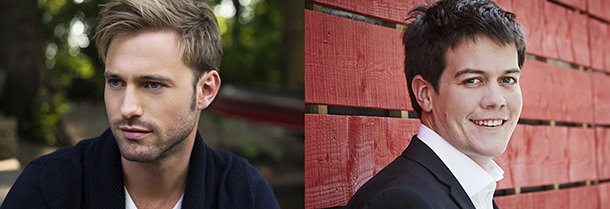Tag: Brahms
-

-
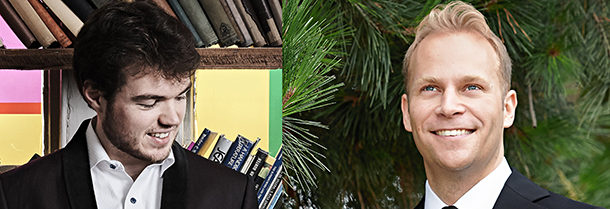
-
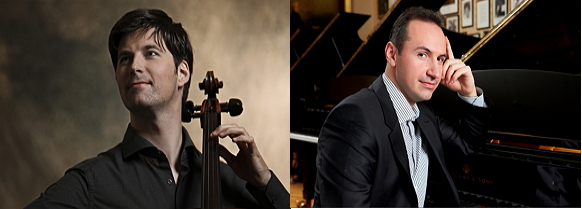
PROGRAM NOTES: DANIEL MÜLLER-SCHOTT & SIMON TRPČESKI
Ludwig van Beethoven Sonata for cello & piano in C major, Op. 102, No. 1 Those who think of sonata form as a well-organized dinner plate – with the red meat in one corner, the mashed potatoes stationed opposite, and peas or broccoli distributed neatly over the remaining space – might be forgiven for thinking…
-
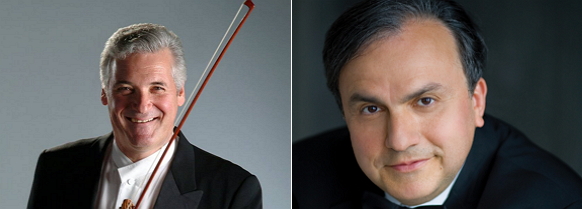
PROGRAM NOTES: PINCHAS ZUKERMAN & YEFIM BRONFMAN
Franz Schubert Sonatina for violin & piano in A minor D. 385 It humbles me to think, paraphrasing Tom Lehrer, that when Schubert was my age, he had already been dead for several decades. Lest I forget, there are his first three sonatas for violin and piano, which he composed in a sprint of creative…
-
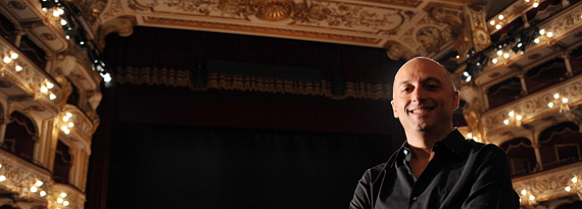
PROGRAM NOTES: BENEDETTO LUPO
Johannes Brahms: Three Intermezzi, Op. 117 The three Intermezzi Op.117 are, together with the piano pieces of Op. 116, 118 and 119, collectively the last Brahms wrote for solo piano, and are among his very last compositions. Only three more opus numbers followed, and they involved the keyboard as well. In a way, it was…
-
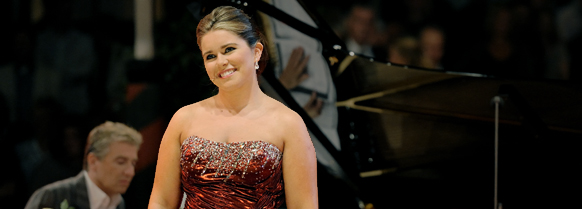
PROGRAM NOTES: TARA ERRAUGHT
Johannes Brahms: Zigeunerlieder (Gypsy Songs), Op. 103 More than half of Brahms’ total output was vocal, including over two hundred art songs and an additional hundred folksong arrangements. Most of them are serious, introspective, resigned or elegiac in mood. Ardent, impulsive effusions are rare, and the musical pictorialism so dear to Schubert is likewise…
-
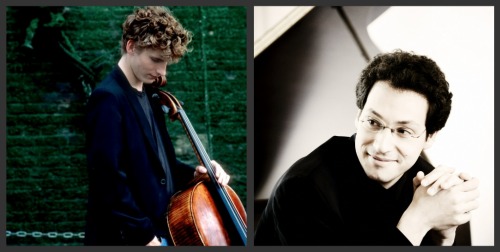
PROGRAM NOTES: ANDREAS BRANTELID & SHAI WOSNER
Claude Debussy: Sonata for Cello and Piano Few works of Claude Debussy (1862-1918) bear generic titles like symphony, quartet, concerto or sonata. Most have descriptive or evocative titles like Printemps, Jeux, Claire de lune, La mer, Nocturnes or Ibéria. Since chamber music tends, more than any other, to rely on the traditional forms of classical…
-
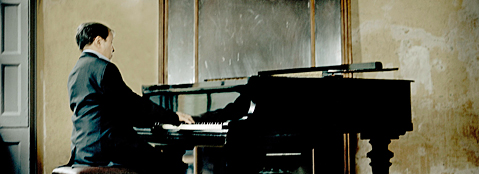
MURRAY PERAHIA…REMINISCENCES
Murray Perahia first came onto my radar in 1972 when he won the Leeds International Piano Competition. I knew Murray’s playing through his recordings but didn’t have the opportunity to hear him live for the first time until 1983, when on a visit to London I was able to attend a recital he gave at…
-
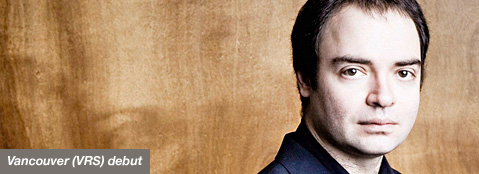
PROGRAM NOTES: SHOSTAKOVICH PRELUDES AND FUGUES
Dmitri Shostakovich: 12 Preludes and Fugues from Op. 87 Like many of the great composers before him (Bach, Handel, Mozart, Beethoven, Chopin, Liszt and Rachmaninoff, among others), Shostakovich possessed the skills of a keyboard virtuoso, and might well have sustained a successful career as such. Among his prizes was one from the First International Chopin…


